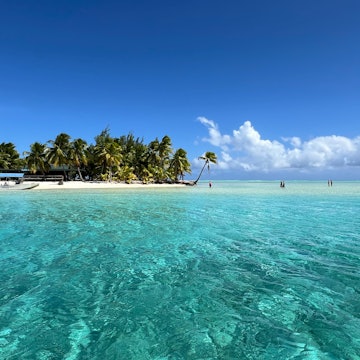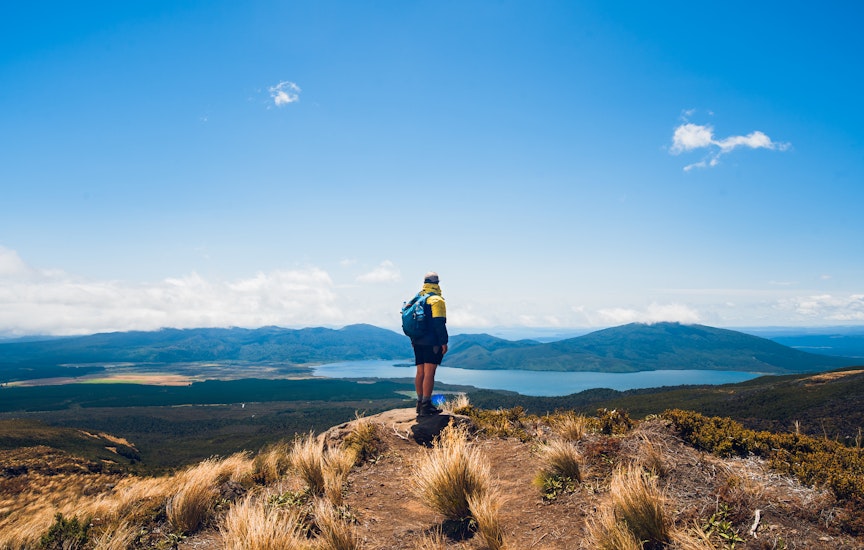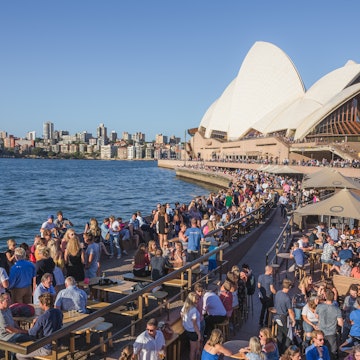
Your ultimate guide to getting around New Zealand



From hiring a camper to getting around in Auckland, here are some top tips for travel in New Zealand. Justin Foulkes for Lonely Planet
Floating at the western end of the Pacific, New Zealand is long, narrow, relatively sparsely populated and split in two by the Cook Strait. Seeing the whole of New Zealand will involve crossing this waterway, but regular car ferries make it easy to road trip right around North Island and South Island in a rented car or campervan.
Most people arrive in either Auckland, Christchurch or Wellington – all well served by public transport – but once you leave the big cities, there are vast expanses of rolling countryside, tall mountains and areas of almost impenetrable native bush to navigate.
In many parts of the country, it can be a long way to the next town, and most New Zealanders tend to travel by car. Many visitors to the country do the same, although public transport also connects the main hubs, running less frequently to outlying towns, villages and tourist sites.
There's a vast amount to see and do in New Zealand – whether you want to explore the cities or escape into nature, here are some of the best ways to get around.
See more of New Zealand by driving around the country
New Zealand's stunning scenery makes for remarkable road trips and traveling by car is convenient and flexible, especially when visiting attractions away from main arterial routes. Many of the best-known national parks are remote, so you'll need a vehicle to properly explore them, though it's possible to visit many areas on organized tours or by hiking.
Driving around New Zealand is reasonably straightforward and traffic tends to be light outside of the major cities. You also don't have to worry about wildlife on the roads in quite the same way as you do in Australia. People drive on the left-hand side of the road and visitors are usually allowed to drive on their home driver’s license for up to a year.
Keep in mind that car rentals aren’t always cheap, and insurance costs can be expensive for drivers under 25. If you’re traveling between the islands, double-check whether your rental vehicle is allowed on the Interislander or Bluebridge ferries across the Cook Strait. You’ll need to book your vehicle on the ferry in advance to guarantee a spot.

When driving in more remote areas, there can be long stretches between gas stations, so be sure to fill up your vehicle before leaving any town on a long trip. Also, be aware that some roads are gravel or dirt, especially in rural areas, with windy and narrow stretches and tight squeezes over mountain passes. One-way bridges are incredibly common, particularly on the South Island; look out for signs indicating who has to give way to oncoming vehicles.
Distances in New Zealand can be deceptive as road travel is often slow. Getting caught behind a campervan or truck on a single-lane road can add hours to your journey. It’s not unusual to encounter road repair works and “slips” (the Kiwi word for landslides) caused by weather events such as 2023’s Cyclone Gabrielle. Check Waka Kotahi’s journey planner before you hit the road.
If you’re driving over any of the South Island’s mountain passes in winter, having snow chains isn’t just advisable, it’s mandatory in some areas, including along the road to Milford Sound. Road signs will indicate when you’re required to put them on, so make sure you know how to fit your chains properly. Car rental agencies offer chain rentals and can show you how to use them.

Travel by campervan for ultimate flexibility
Traveling by campervan or motorhome allows you to save money by eliminating or reducing accommodation costs, with campsites and holiday parks situated in some of the country’s most scenic spots, including inside New Zealand's national parks. Numerous companies specialize in camper van rentals for travelers, including big operators such as Britz and many smaller agencies.
However, if you plan on “freedom camping” – staying overnight in free designated parking areas – you’ll need a certified self-contained vehicle, which means you must have the ability to carry your own water and carry out your own waste. It's also important to remember that freedom camping doesn’t mean you can just park up and sleep anywhere.
The rules have recently changed and bylaws are set by local councils, so check camping.org.nz for advice on where to camp or download the CamperMate app.
Bus services connect New Zealand's cities and towns
Coaches provide good links between most large cities and towns in New Zealand. These can be booked in advance and are reasonably affordable, but you'll have to rely on less frequent local buses to reach many rural locations and national parks.
Although regional bus operators exist, InterCity is the national bus company – you can expect onboard WiFi and sometimes toilets (or regular toilet stops). InterCity also offers flexible bus passes, which include ferry passage on the Interislander ferry. Discounted bus tickets are often available in the off-season.
There are also hop-on, hop-off buses and shuttles that cater to tourists and backpackers, but these tend to be significantly more expensive and the party vibe on some buses won't appeal to everyone; Kiwi Experience is the best-known operator.

Scenic train trips let you enjoy the landscape as you travel
Trains in New Zealand generally focus on moving freight and ferry commuters around within cities, but there are a few scenic regional trains for tourists that are worth considering, not least for the rewarding views along the way.
Great Journeys New Zealand operates three scenic routes with handy stops along the way. The Northern Explorer runs from Auckland to Wellington, the Coastal Pacific connects Picton to Christchurch and the TranzAlpine runs from Christchurch to Greymouth through Arthur’s Pass.
It's also worth investigating the tourist trains that depart from Dunedin’s historic railway station, though they’re usually used for day trips rather than getting from A to B.
Domestic flights are the quickest way to travel between cities
While many visitors choose to travel overland in New Zealand, taking a plane will get you to other parts of the country in a shorter time frame, but with a greater impact on the environment. Flying between North Island and South Island is a popular option for travelers short on time, and some camper rental companies offer one-way rentals (for a higher price), so you can drive one way and fly back (or leave New Zealand from a different airport).
Air New Zealand is the national airline and it serves 20 destinations nationwide; smaller local airlines serve remote airstrips in locations such as the Chatham Islands and Rakiura/Stewart Island. Keep in mind that domestic flights are prone to cancellations and delays due to the country’s highly changeable weather, with a risk of high winds, snow and fog in some locations.
Tip for taking domestic flights: Consider low-cost carrier Jetstar if you’re flying to Auckland, Wellington, Christchurch, Dunedin or Queenstown. Otherwise, check Grabaseat.co.nz for deals on Air New Zealand flights.

Accessible transportation in New Zealand
New Zealand's sights and national parks are reasonably accessible, with ramps, enhanced displays and paths suitable for the mobility impaired in many locations. And most public transport in New Zealand is accessible to everyone. This includes buses and trains, which are typically equipped with ramps, handrails and low steps.
The New Zealand Transport Authority (NZTA) runs the Total Mobility Scheme, a resource for finding discounted accessible transportation in different regions of New Zealand, including public transport and taxis. Many car rental companies offer accessible vehicles, but for specialist accessible rentals contact Disability Vehicle Rentals and Freedom Mobility.
Mobility parking permits can also be arranged for international visitors. They take 10 working days to process, so it’s best to apply for one before you depart. The Department of Conservation has a search engine that lets you find accessible trails.
Transport passes
If you’re spending some time in New Zealand's major cities and plan to use public transport, it’s worth buying a prepaid transport card for whichever hub you're exploring. These give discounted fares that have a capped daily maximum charge and they can be used across various transport services – for example, in Auckland, you can travel by bus, train or ferry and you’ll never pay more than NZ$50 in total over a seven-day period.
Useful card schemes include Auckland’s AT HOP card, Wellington’s Snapper card and Christchurch’s Metrocard. If you’re visiting Otago, you can use the Bee card throughout the region, including in Queenstown and Dunedin.













